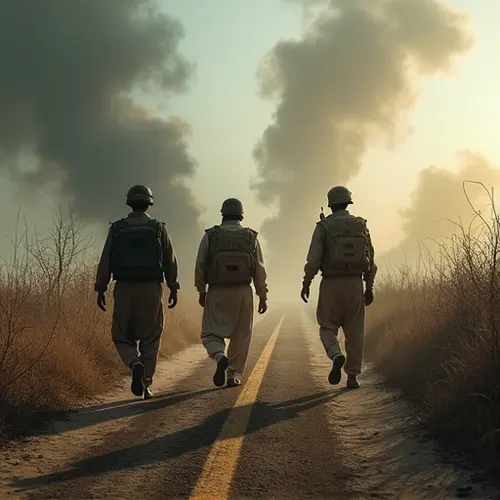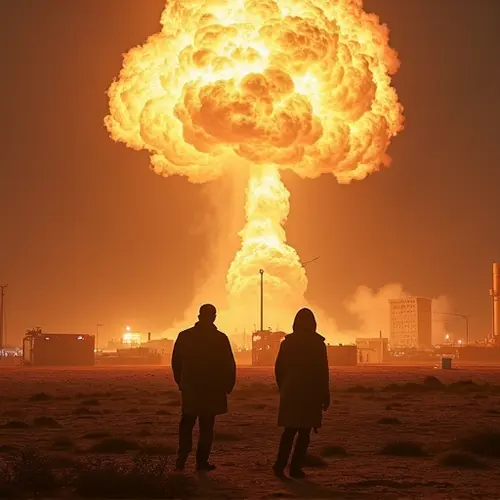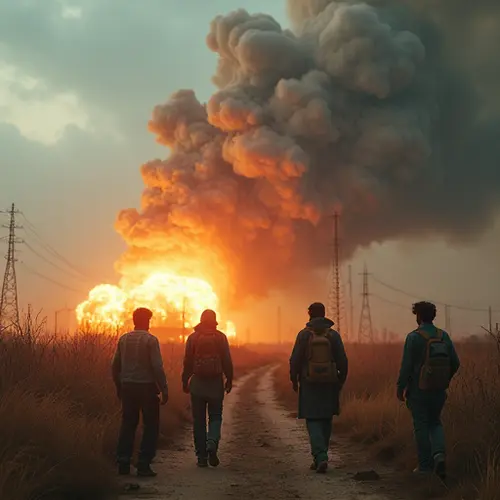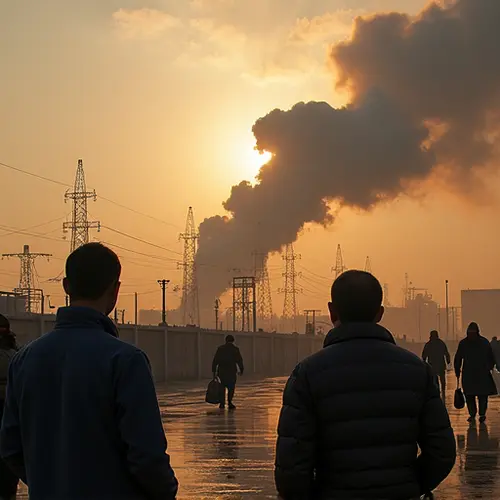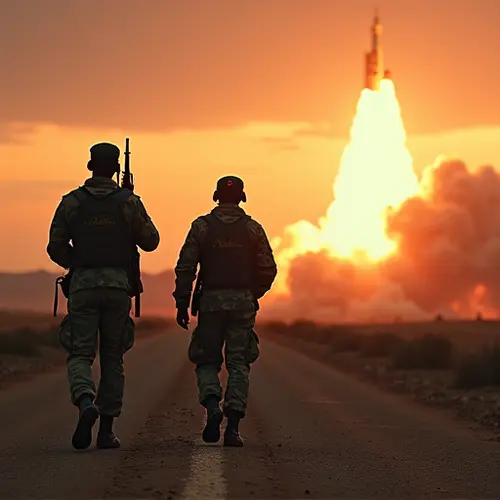
Introduction
The 2025 India-Pakistan crisis has once again brought South Asia to the brink, highlighting the fragility of nuclear deterrence in the region. Triggered by the April 22 attack in Pahalgam, Jammu and Kashmir, the crisis evolved into a multidomain conflict involving airstrikes, missile exchanges, drone warfare, and cyber operations. While both countries have avoided full-scale war, the events underscore the inadequacy of existing escalation control mechanisms in a nuclearized environment.
A Primer on Kashmir
Kashmir remains at the heart of a decades-long territorial dispute between India and Pakistan. The disputed region has been the site of two wars pre-nuclearization and multiple crises post-nuclearization. The 2019 revocation of Article 370 by India, stripping Jammu and Kashmir of its semi-autonomous status, intensified tensions. The April 22, 2025, Pahalgam attack broke a fragile ceasefire, leading to a cascade of diplomatic and military escalations.
Unraveling the Crisis
India swiftly blamed Pakistan for the Pahalgam attack, leading to reciprocal diplomatic expulsions and military mobilization. India carried out missile strikes inside Pakistan, targeting alleged terrorist infrastructure, while Pakistan retaliated with conventional and cyber operations. The crisis saw the first-ever jet-era dogfight between two nuclear-armed states, illustrating the rapid escalation risks in a nuclearized environment.
The Nuclear Dimension
India maintains a declared No First Use (NFU) policy, while Pakistan pursues a full-spectrum deterrence posture. Both countries possess nuclear arsenals estimated at 180 and 170 warheads, respectively. The crisis underscores the challenges of crisis stability amid doctrinal asymmetries and modernization efforts.
Ceasefire or Pressure Valve?
A U.S.-brokered ceasefire on May 10 provided a temporary pause, but violations continue along the Line of Control. The crisis highlights the need for rethinking regional stability mechanisms beyond temporary ceasefires.
Conclusion
The 2025 India-Pakistan crisis is a stark reminder that nuclear deterrence does not guarantee strategic stability. The risk of miscalculation multiplies as both sides experiment with new tools of warfare. The long-term implications for crisis management, nuclear signaling, and regional diplomacy are profound, shaping not just South Asia's future but global understanding of deterrence in the 21st century.

 Nederlands
Nederlands
 English
English
 French
French
 Deutsch
Deutsch
 Espaniol
Espaniol
 Portugese
Portugese





